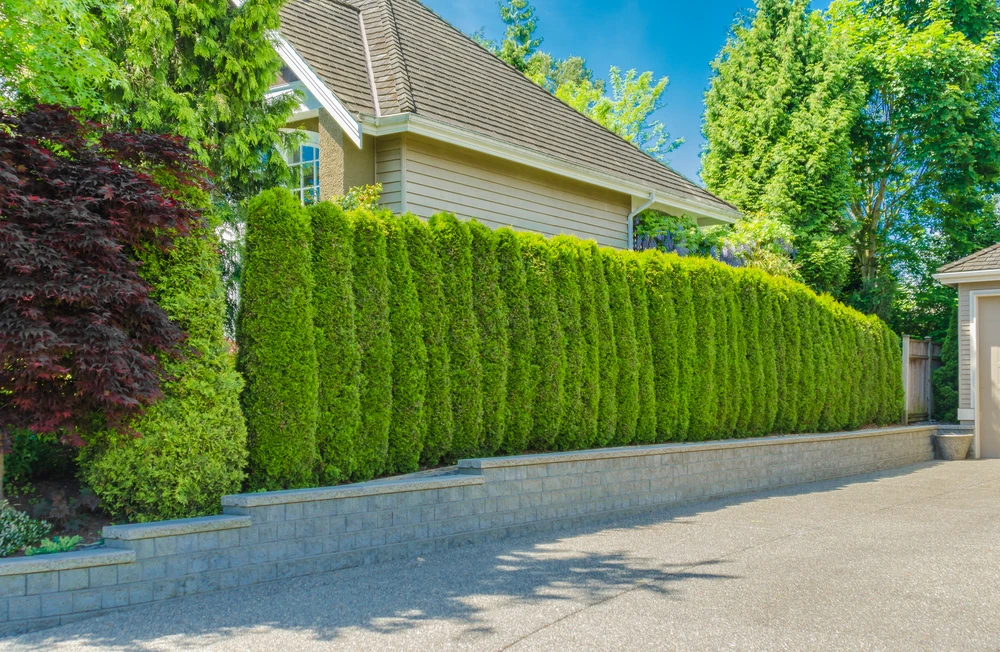A brown lawn can be an indication of various underlying issues. Here are some common reasons why a lawns turn brown:
Lack of Water
Insufficient watering is a common cause of lawn browning. If your lawn does not receive an adequate amount of water, especially during hot and dry periods, the grass can become stressed and turn brown. This can occur due to infrequent watering, shallow watering, or drought conditions.
Underwatering
Lawns typically require about 1 to 1.5 inches (2.5 to 3.8 cm) of water per week, either from rainfall or irrigation. If your lawn is not receiving enough water, the grass may go dormant and turn brown as a survival mechanism. Adjust your watering schedule accordingly to ensure proper hydration.
Overwatering
While under watering can cause brown patches, overwatering can also lead to brown spots or the entire lawn turning brown. Excessive watering can drown the grass roots, promote shallow root growth, and encourage the development of fungal diseases. Ensure that you are not overwatering and allow the soil to dry out slightly between watering sessions.
Heat and Drought Stress
High temperatures and extended periods of drought can put stress on grass, causing it to turn brown and go dormant as a natural defense mechanism. Once cooler temperatures and moisture return, the grass should recover and regain its green color.
Soil Compaction
Compacted soil restricts the movement of air, water, and nutrients to the grass roots, leading to poor growth and brown patches. Consider aerating the lawn to alleviate soil compaction and promote healthy root development.
Nutrient Deficiency
Nutrient deficiencies, particularly a lack of nitrogen, can cause the lawn to lose its green color and appear brown or yellowish. Conduct a soil test to determine if your lawn requires any specific nutrient amendments and fertilize accordingly.
Pest or Disease Infestation
Certain pests or diseases can damage grass, causing it to turn brown or die off. Examples include grub infestations, fungal diseases like brown patch or dollar spot, or insect damage. Examine your lawn for signs of pests or diseases, such as chewed grass blades or patches of discolored or dead grass. Consult with a lawn care professional to identify and treat any issues.
Improper Mowing
Incorrect mowing practices, such as cutting the grass too short or using a dull mower blade, can stress the grass and contribute to browning. Ensure that you are mowing at the appropriate height for your grass species and maintaining a sharp mower blade.
Identifying the specific cause of your lawn’s brown appearance can help you take appropriate corrective measures. Consider the factors mentioned above and, if needed, seek the advice of a lawn care professional for a proper diagnosis and tailored solutions for your lawn.


